Choosing Between ConvertKit and Mailchimp: Which One is Right for You
Email marketing maintains your connection and helps you expand your audience. Two often-used systems are ConvertKit and Mailchimp. Though they operate in distinct ways, they each provide handy instruments. Your objectives will determine the correct one to use. While some customers demand additional options, others would rather have basic configurations. For artists releasing emails or products, ConvertKit is fantastic.
For companies needing sophisticated designs and tracking tools, Mailchimp is perfect. We will consider email management, design tools, automation, cost, and support. Everything will be readily understandable. This article will assist you regardless of your level of knowledge with email marketing or switching systems. You will be aware of which platform best suits your demands. Let's investigate both possibilities together.
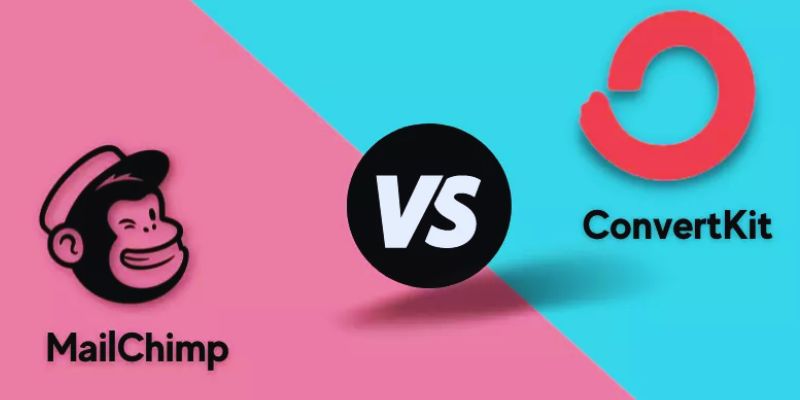
What Is ConvertKit?
Small enterprises and internet artists would find ConvertKit ideal. Its emphasis is on automation and simplicity to simplify matters. ConvertKit lets you construct landing pages, send emails, and handle contacts. Though you're not tech-savvy, the tools are easy to use. ConvertKit leverages a visual automation builder. It lets you send emails depending on the actions people perform. It is for artists who want to involve their audience with little work. The layout is simple and understandable for users.
Beautiful emails can be produced without sophisticated design knowledge. ConvertKit is fantastic regardless of your level of expertise in blogging, coaching, painting, or digital creation. It also works great for expanding your email list and product sales. ConvertKit also boasts e-commerce capabilities. Digital goods can be sold straight from your account. Without a website, forms and landing pages are simple to build. ConvertKit streamlines email marketing for artists.
What Is Mailchimp?
Among the most often used email marketing systems now is Mailchimp. It provides some really useful tools and functions. Design emails, create landing pages, and monitor results. For online merchants and small companies, this is a good choice. Mailchimp comes with numerous customizable templates. Pick from several designs to exactly complement your brand. The drag-and-drop builder makes email design easy even without tech or design knowledge. It also offers a thorough analysis of email performance. Your messages were opened, clicked upon, or disregarded by someone.
Mailchimp includes automated elements, such as birthday messages, welcome emails, and more. It is fantastic for e-commerce and marketing teams since it links with various technologies. Although Mailchimp offers fewer features than the paid models, its free plan is reasonable. Mailchimp is best overall for consumers seeking robust data and design freedom. It's great for companies hoping to expand their audience with elegance.
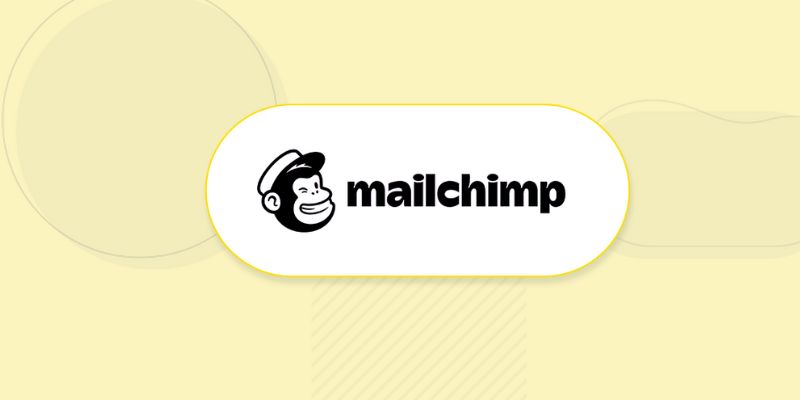
ConvertKit vs. Mailchimp: Key Comparisons
Discover the main variations between ConvertKit and Mailchimp to choose the best fit for you.
Email Design Tools
ConvertKit maintains a basic email design. It stresses neat layouts and simple typography. Though you get fewer templates, your outcomes come faster. The appearance stays directed from your point of view. Mailchimp provides several layouts and templates. The drag-and-drop constructor gives artistic license. For fans of visual email, it's perfect. ConvertKit gives less control but personalization. Mailchimp is preferable in cases when design counts more. Try Mailchimp for rich, designed layouts or ConvertKit for clean emails. Before launching, send both preview emails.
Automation
ConvertKit leads in tools for automation control. Its rapid, simple setup calls for a visual builder, so you can develop processes quickly. You can email depending on clicks or sign-up. Tag people to forward tailored messages. Mailchimp also provides automation. It has welcome notes, birthday emails, and more. However, its builder is more complicated, so setup requires extra time and steps. Choose ConvertKit for simpler automated tasks. If you wish for more general automation, go with Mailchimp. ConvertKit facilitates quick start times.
Contact Management and Segmentation
ConvertKit employs a tag-based technique. Tags enable group users to use interests or actions. Keeping contacts under control is simple. One contact is equivalent to one cost. Mailchimp employs lists and segments. Users show up on several lists, which may raise your expenses. The simpler and less expensive Mailchimp's approach is ConvertKit, which has a steeper learning curve but strong segmenting tools. Choose ConvertKit for straightforward contact control. For advanced segmentation, pick Mailchimp. Though in different ways, both have decent aiming.
Pricing
The free plan from ConvertKit allows 1,000 members. It leaves out advanced capabilities but covers fundamental tools. Paid plans include more automation. List size forms the basis of the price. Mailchimp's free offer calls for 500 contacts. It covers limited automation and templates. Prices rise quickly as you grow. ConvertKit stays away from double-charging users across several lists. Mailchimp could cost more as demands rise. ConvertKit offers simplified prices. Mailchimp delivers more for a greater price. Choose depending on your demands and list size.
Integrations and Extra Features
ConvertKit interacts with widely used technologies, including Teachable, Shopify, and WordPress. It covers analytics, link tracking, and email scheduling. Digital products are sellable straight-through. Mailchimp ties up with CRM and e-commerce technologies. It backs social media posts, mailers, and advertisements. Mailchimp fits expanding companies looking for more capabilities. Simplicity is more suited for creators using ConvertKit. Choose depending on your toolset. ConvertKit wins if you are selling online courses. Mailchimp provides extra if you run campaigns. Both fit nicely on contemporary systems.
Customer Support and Help Options
ConvertKit gives artists great assistance. Every user has email assistance at hand. Paid schemes also include live chat. The basis of information is easy for beginners. Mailchimp offers paying users email and chat. Its guides are thorough yet more difficult for beginners. ConvertKit provides personal help and training. Mailchimp is more suited for self-help under large guidelines. For friendly, speedy help, choose ConvertKit. If you want in-depth stories, choose Mailchimp.
Conclusion:
Both Mailchimp and ConvertKit are useful instruments. Your best decision will depend on your process and objectives. ConvertKit offers simplicity and automation, which is especially true for bloggers, producers, and digital goods vendors. Pick Mailchimp offers design control and analytics, which performs nicely for companies and marketing teams. Both have free plans and handy features.
Most importantly, determine what drives your work style and goals. No one platform fits everyone exactly. Consider your email style, financial situation, and expansion ambitions. Test either if necessary. Trying them with your audience can help you find which fits more.
Related Articles
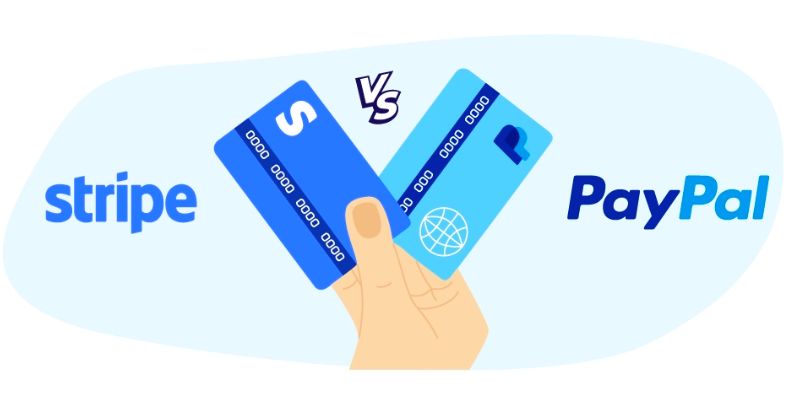
Stripe vs. PayPal: Which Payment Processor Is Best for Your Business

Top Online Graphic Design Tools for 2025: Canva, Figma, and More

Salesforce vs. ServiceNow: A Comprehensive Guide to Choosing the Best
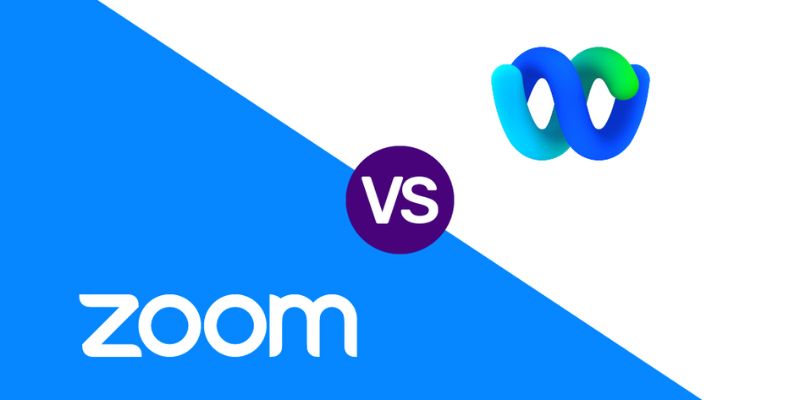
Webex vs. Zoom: The Ultimate Guide to Choosing the Right Platform

How to Train ChatGPT on Your Own Data: A Step-by-Step Guide For Beginners

How to Automatically Respond to Google Business Profile Reviews: A Guide

Tools That Power Audio Editing and Podcasting Workflows
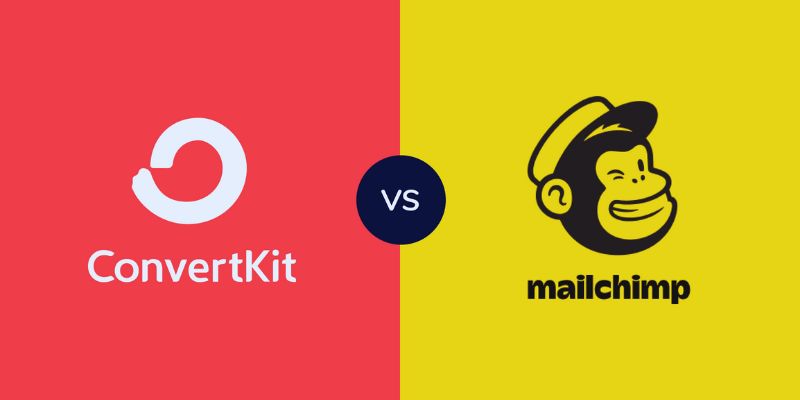
Choosing Between ConvertKit and Mailchimp: Which One is Right for You

Zoho vs. Salesforce: A Detailed Comparison to Choose the Best CRM

Wave vs. QuickBooks: Which Accounting Software Should You Choose

Jasper vs. Copy.ai: A Side-by-Side Comparison to Help You Choose

 knacksnews
knacksnews